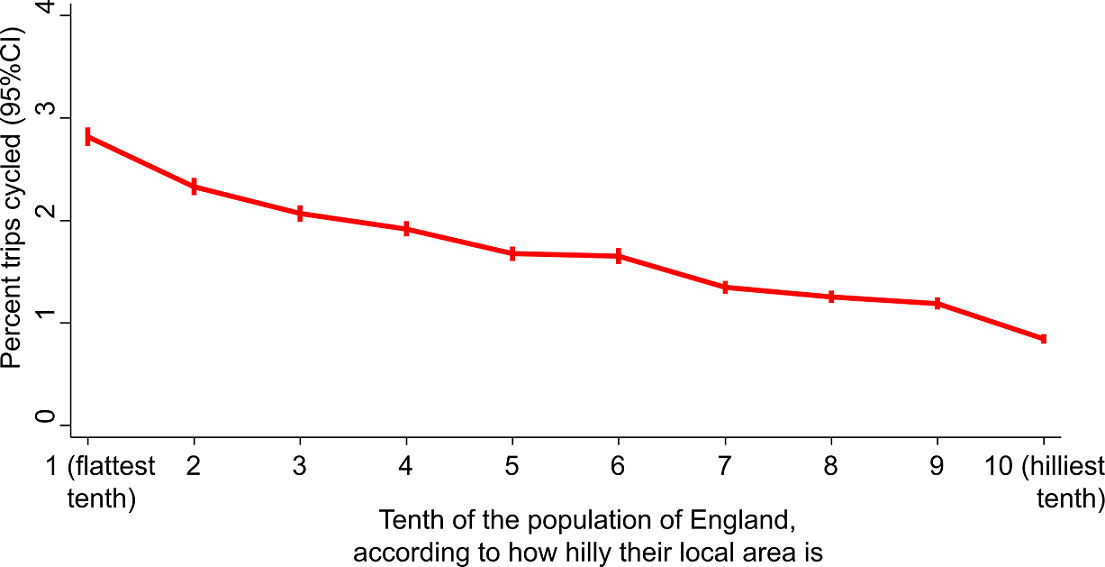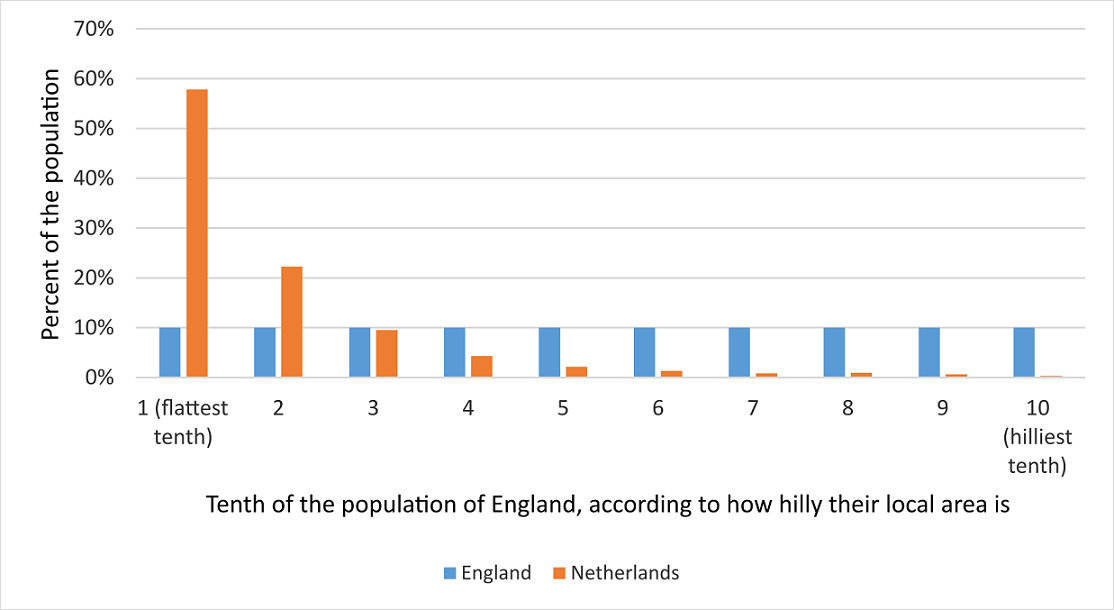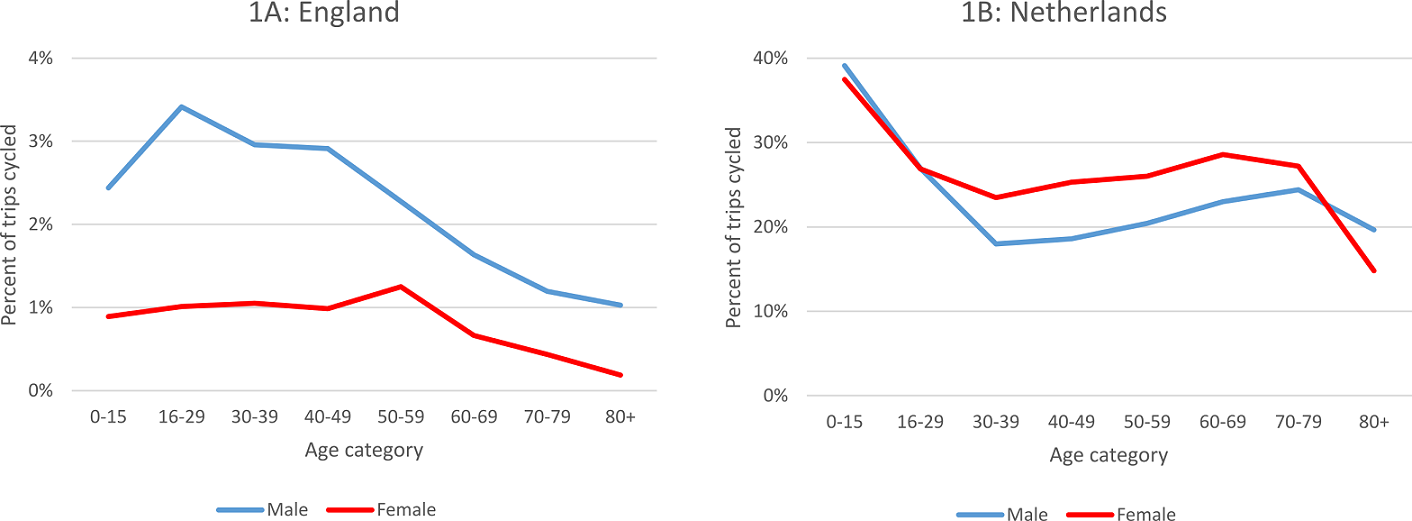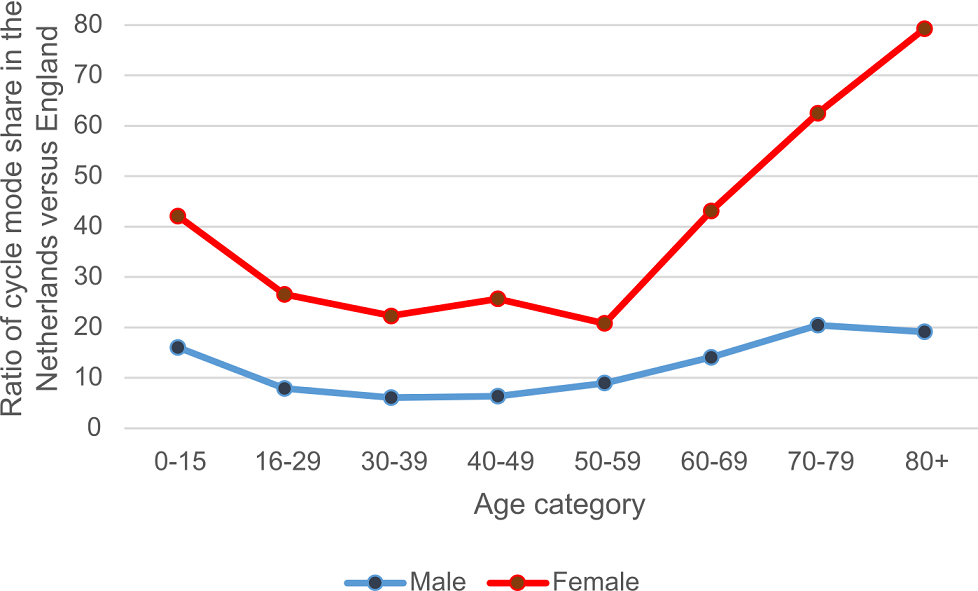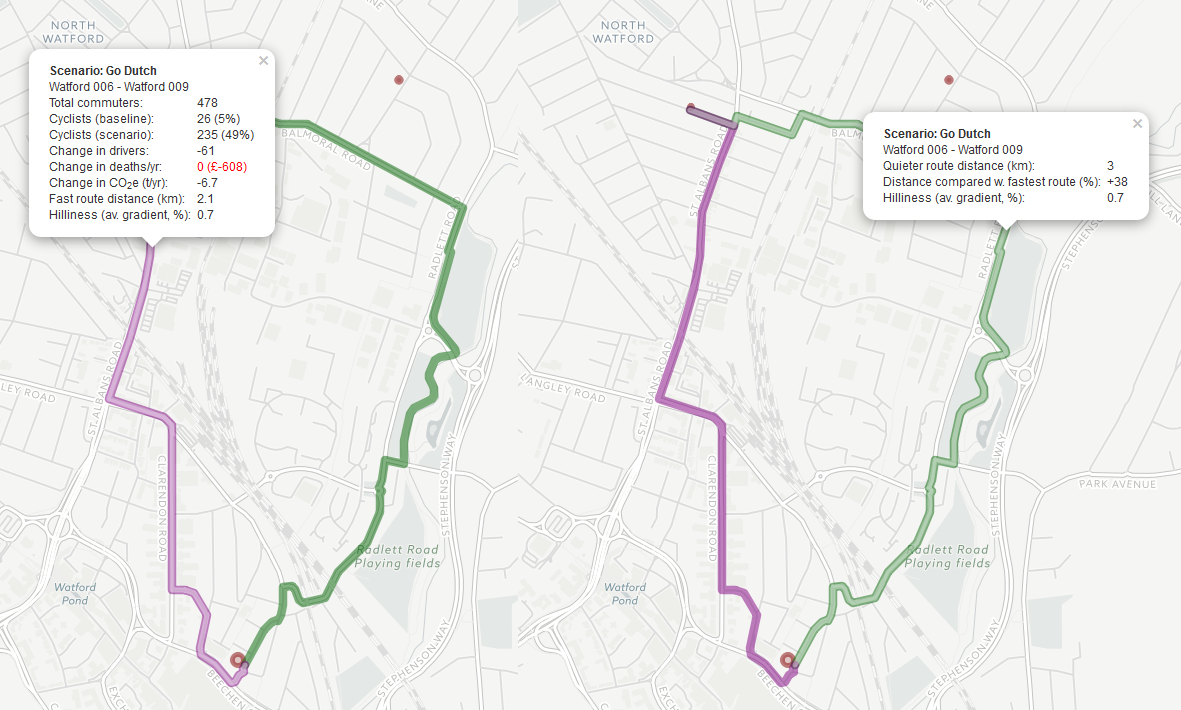How to use the Propensity to Cycle Tool (PCT)
The material here was developed during 2016 and 2019 for use in training. To request more information or provide feedback, please email us at pct@pct.bike or report issues on our GitHub issue tracker. The PCT also has a blog, which contains further information on some of the topics featured in the case studies and FAQs. Contributions to GitHub, the blog or other parts of the project are welcome.
PCT Essentials
- Read our two pager Essentials document first, for a high level summary
User Manuals and Training Materials
Version 1.4 for English, version 1.2 for Welsh- User Manual A: Overview (English) (Welsh)
- User Manual B: Using the PCT interface and data (English) (Welsh)
- User Manual C1: PCT methods for the commuting layer (English) (Welsh) (Supplementary YLL discounting spreadsheet)
- User Manual C2: PCT methods for the schools layer (English)
- User Manual D: Using the PCT in business cases (English) (Welsh)
- Advanced training materials (downloading and using PCT data in R, for developers and researchers) (English)
Case Studies
The case studies use the interface and particularly the data downloads (as CSV or geojson files) to carry out analysis of specific places (including areas/routes). They cover London boroughs, large city-regions, smaller cities and towns, and rural areas.- Bournemouth Case Study compares area-level school and commuter cycling potential in Bournemouth.
- Cornwall Case Study compares area-level commuter cycling potential across five Cornish towns earmarked for investment.
- Ealing Case Study examines area- and route-level commuter cycling potential in Ealing, West London, and associated benefits.
- Greater Manchester Case Study analysis area- and route-level cycling commuting in the GM city-region, including a focus on key urban district centres.
- Hereford Case Study is an example of using the PCT to help identify a priority cycle network in small cities, using the schools and commuting layers.
- Hounslow Case Study covers area and route-based cycle commuting potential, incorporating the impact of increased employment at Heathrow Airport on car and cycle trips.
- Kenilworth Case Study identifies high potential areas and routes in this town of 22,000 people, and discusses implications for infrastructure prioritisation.
- Newham Case Study examines commuter cycling potential across Newham in East London.
- Preston Case Study covers cycle commuting potential in the city of Preston, including an analysis of quiet route detour factors and potential priority corridors.
- Rotherhithe Case Study looks at how a then-planned Canary Wharf-Rotherhithe bridge might affect commuter cycling potential, incorporating projected population growth.
- Southwark Case Study (in collaboration with Transport for Quality of Life) shows how modelled PCT data can be combined with manual count data to conduct a controlled before-and-after study into the impact of modal filters on cycling.
- Tunbridge Wells Case Study conducts some bespoke analysis looking at the potential for commuters to cycle to local stations instead of driving there.
- West Sussex Case Study uses the ‘e-bike’ scenario to examine the potential for commuter cycling and its benefits, and outline a potential priority route network; including a specific case study (the A264 corridor).
